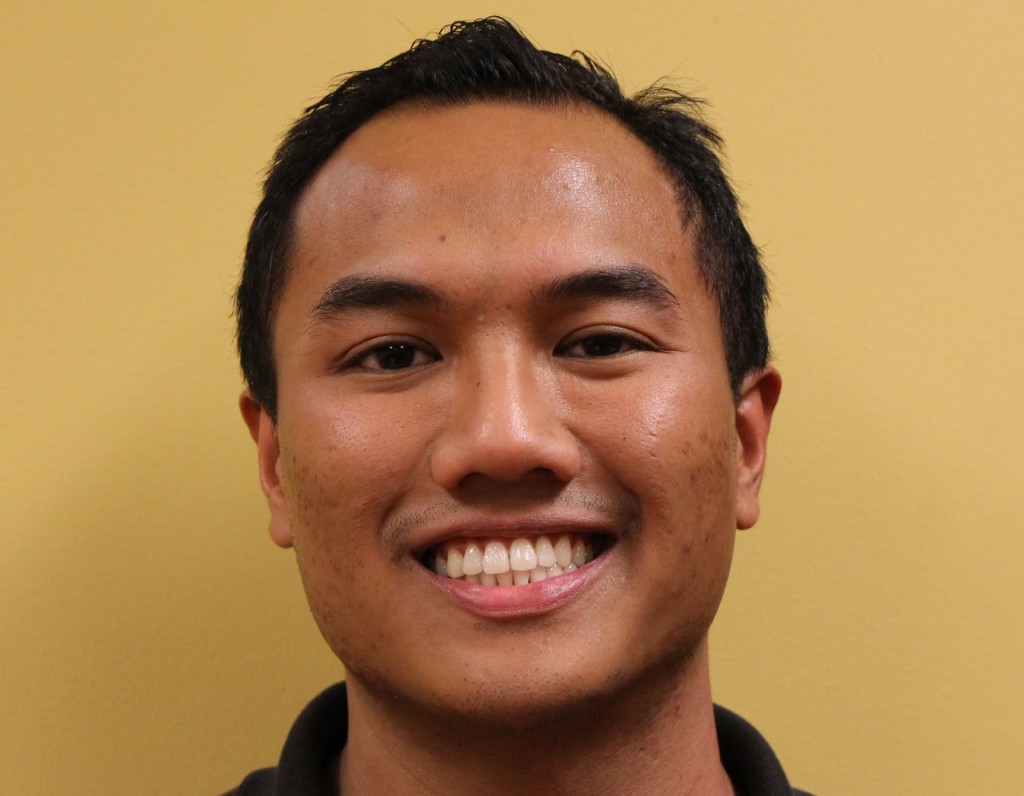By Mary Tablante

Allison Lee, a sophomore at the University of Maryland College Park (UMCP), feels
fortunate to be attending a school as diverse as UMCP. However, Lee also notes that
building racial tolerance is an ongoing process, even at a college as diverse as hers. She
recalls participating in a discussion on theme themed parties structured around racial
stereotypes. Lee said she was surprised, as well as disgusted, to learn that these themed
parties promoting intolerance are more common than she thought.
“I think people do it because they … don’t think about how it could hurt somebody else,”
Lee said. “I don’t think everyone plans parties to be racist, but they do it thinking it’s a
unique idea. If you’re from a diverse community or background, you’re gonna be more
conscious of things you say or do that might affect different cultures, but if you’re not
introduced to anything like that, you just have no idea.”
This kind of racial intolerance stemming from ignorance is common in colleges across
the country. In recent months, a student at Miami University started a Twitter account
(@OxfordAsian) mocking Asians. At Duke University, a fraternity hosted an Asian-themed
party where partiers dressed up in stereotypical clothing. At Oberlin College in Ohio, school
shut down for one day due to a series of hate incidents.
Lee said that while it would be nice if schools had a mandatory program about racial
tolerance, she thinks education on diversity would be more effective if it came from
the students themselves rather than the administration.
“I don’t want it to be something that people brush off, because it is a serious topic,”
she said. “No one likes the administration telling us what to do, but when it comes
from a body of students, people our age, that’s a strong message.”
Gloria Bouis, the executive director at the Office of Diversity Education and Compliance
at the University of Maryland, College Park (UMCP) agrees. Bouis said education on racial
tolerance depends on the subculture of the institution. However, she said that all colleges
should encourage awareness. To do this, she said, college administrations must be
knowledgeable about the history and contributions of ethnic minority groups.
Bouis said that ethnic studies programs like African American studies, Latin American
studies, and Asian American studies help raise awareness and increase the student
sensitivity to different cultures. She also said students should be given more information
so that race education is not limited to a one-time lesson, but integrated more in the
curriculum.
“The more knowledge [students] have, hopefully the more respect they have for each group
where they don’t look at them as someone that is a objectified, laughable object,”she said.
Bouis added that diversity education should not just be included in the classes students
take, but must also permeate all aspects of the campus community and extracurricular
programming.
“It takes the whole village to push for vision of more equitable institution,” Bouis said.
 Jude Paul Dizon works on bridging the institution’s efforts with student efforts to
Jude Paul Dizon works on bridging the institution’s efforts with student efforts to
promote racial tolerance. Dizon is the coordinator for Asian Pacific American Student
Involvement and Advocacy at the Office of Multicultural Involvement & Community
Advocacy (MICA), which is part of the student affairs division at UMCP. Dizon said
that MICA holds several events throughout the year help bring awareness to multicultural
issues.
For example, MICA holds a diversity and leadership retreat every year, which is a chance
for a diverse group of people to meet each other and spend a weekend away together off
campus and learn each other’s stories.
Dizon said the individual student must have the personal curiosity to branch out from their
usual group, but it’s also the university’s responsibility to create spaces for learning and
interaction.
“We live in a society that socializes us to believe in racial differences and treat people
differently because of their race, and so a lot of that comes out through our behaviors
unconsciously,” Dizon said. “Just being able to dismantle racism in terms of how we treat
each other … doesn’t go away just because we have laws, or just because we have elected
officials who represent other identities.”
Dizon said there needs to be more support for ethnic studies programs.
“There are only a few Asian American studies (AAST) courses and AAST professors, so even
if everyone wanted to take an AAST class, they wouldn’t be able to because there’s a small
offering,” he said.
But these classroom courses don’t just stop with the students. Dizon said having a
culturally component staff and faculty who challenge and invite students to step out of
their own experiences is important as well.
Mixed Madness month, which featured discussions and entertainment to promote racial
diversity throughout the month of March, is a unique feature at the University of
Maryland because not many universities have a month that represents the biracial
or multiracial community, Dizon said.
It’s just one of the many ways that Dizon and his office are trying to promote racial
awareness. Dizon says that it’s particularly important to educate the public on Asian
American culture. UMCP celebrates Asian American Pacific Islander month in April (instead
of May, which is the official month for Asian Americans due to the school year calendar).
“Because of the ways Asian Americans and Pacific Islanders have been rendered invisible
in the case of their historical and contemporary contributions to the United States, it has
been important to make one attempt—[our April celebrations are one effort]—to recognize
and affirm how Asian Americans and Pacific Islanders are Americans and have been
contributing to American society,” Dizon said.
Do you think colleges are doing enough to promote racial diversity? Tweet us your
answer @AsianFortune_DC or join the conversation on Facebook!
 Asian Fortune Your source for all things Asian American
Asian Fortune Your source for all things Asian American
